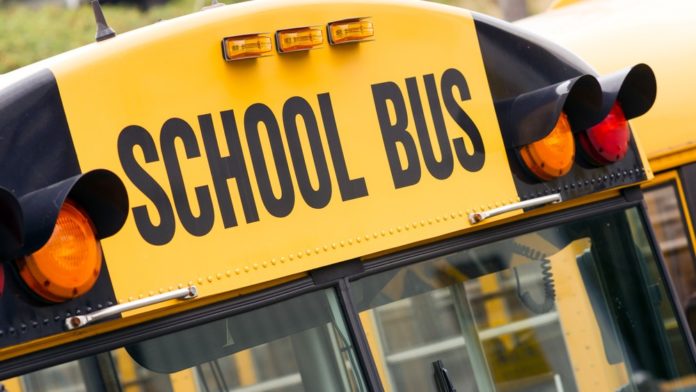Key Takeaways:
- The Department of Education is shifting its focus to improving reading and math scores.
- More emphasis on education choices like charter schools and homeschooling.
- Decisions about schools will be made locally, not by the federal government.
- The Biden administration’s focus on diversity and inclusion in schools is being rolled back.
- The new approach prioritizes skills and preparation for the future over divisive policies.
A New Direction for Education
The U.S. Department of Education, led by Secretary Linda McMahon, is making big changes to how it operates under President Donald Trump. While President Trump has talked about getting rid of the Department of Education entirely, it’s still around and making significant changes. One of the biggest shifts is in how the department gives out grants to schools and education programs.
The focus now is on things that actually work, like teaching kids to read and expanding choices for families. This is a big departure from the Biden administration, which focused heavily on diversity and inclusion policies in schools. The new plan aims to get education decisions out of Washington, D.C., and back to local communities where they belong.
Back to the Basics: Reading and Math
One of the main goals of the new plan is to improve reading and math scores. Recent test scores have been disappointing, and Secretary McMahon believes getting back to basics is the solution. This means more focus on proven methods of teaching reading and math, rather than experimental approaches that haven’t worked well.
The Department of Education will now prioritize grants for programs that have clear evidence of success. This is a big change from previous years, where money was often spent on unproven ideas. By focusing on what works, the hope is that students will start performing better in these critical subjects.
Expanding Education Choices
Another key part of the plan is giving families more choices about where and how their kids learn. This could include things like:
- Charter Schools: These are public schools that operate independently and often offer unique programs.
- Homeschooling: Families can get support for teaching their kids at home.
- Open Enrollment: Students could attend schools outside their district.
- Vocational Training: Programs that prepare students for jobs right after high school.
The idea is to let families decide what works best for their children, rather than having a one-size-fits-all approach. This could also include things like apprenticeships and work-based learning, where students gain real-world experience while still in school.
Moving Away from Divisive Policies
The Biden administration was heavily focused on diversity, equity, and inclusion (DEI) in schools. This included things like:
- Pushing for more diversity in student bodies and hiring teachers from diverse backgrounds.
- Adding DEI topics into subjects like STEM and history.
- Promoting social-emotional learning, which focuses on things like emotions and relationships.
While these ideas were well-intentioned, critics argue that they distracted from the main goal of education: teaching kids the skills they need to succeed. The new plan moves away from these policies, focusing instead on practical, results-driven approaches.
Why This Matters
The changes at the Department of Education reflect a broader debate about the role of the federal government in schools. Many people believe that education decisions should be made at the local level, where parents and teachers can tailor approaches to their community’s needs. Others argue that the federal government should play a role in ensuring equality and consistency in education.
By focusing on what works and giving families more choices, Secretary McMahon and the Department of Education are trying to address some of the biggest challenges in American education. These include falling test scores, concerns about indoctrination, and a lack of preparation for the workforce.
What’s Next?
The new priorities are a significant shift from recent years, and it will be important to see how they are implemented. If successful, these changes could lead to better academic performance and more satisfied families. However, critics worry that moving away from diversity and inclusion could have negative consequences.
Ultimately, the goal is to create an education system that prepares students for success while respecting the diversity of American families and communities. By focusing on proven methods and giving families more choices, the Department of Education is taking a step in that direction.

